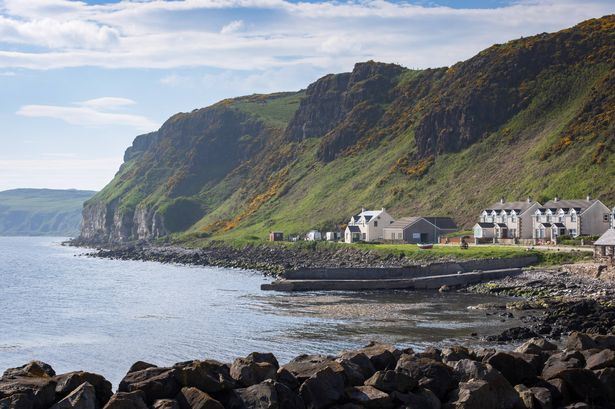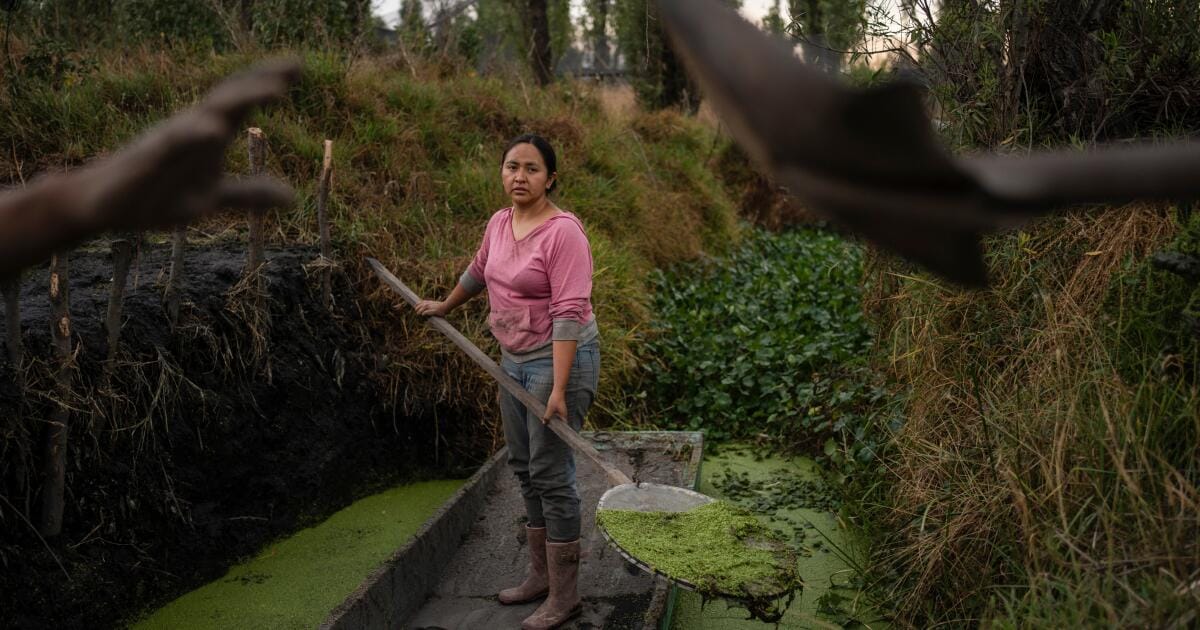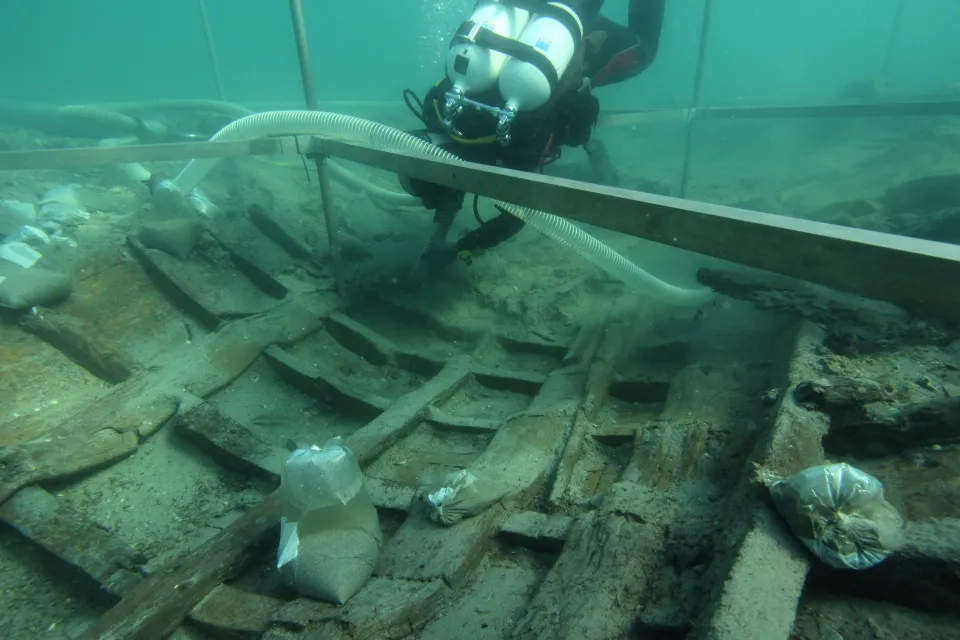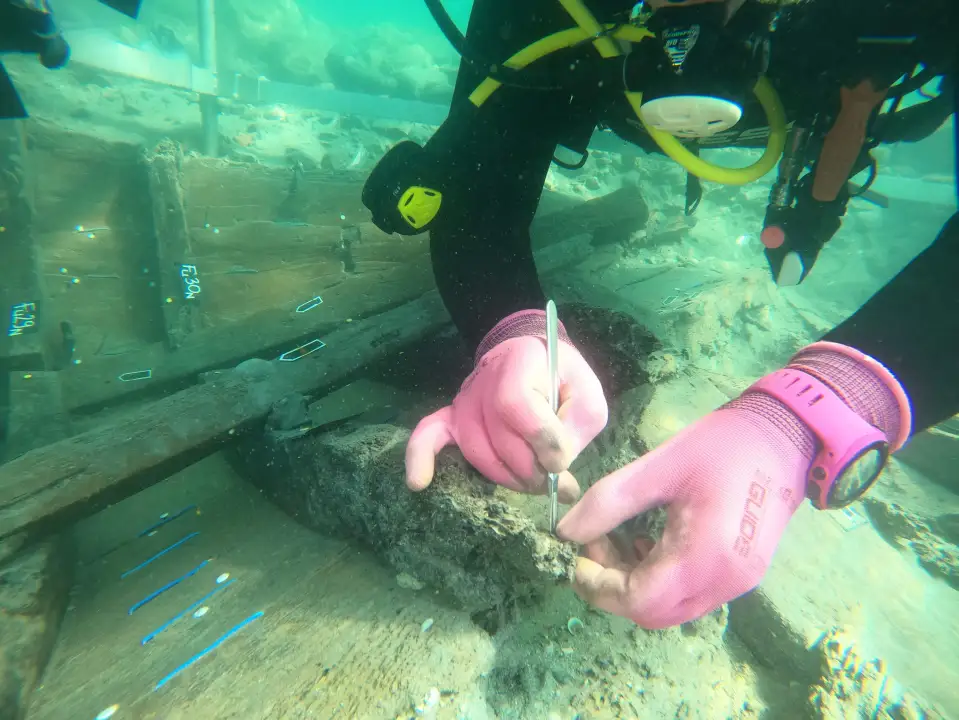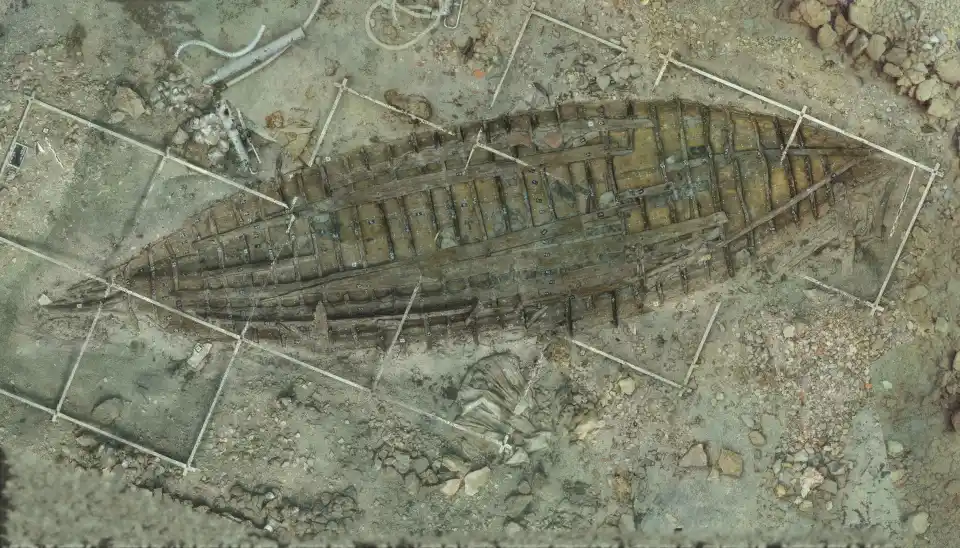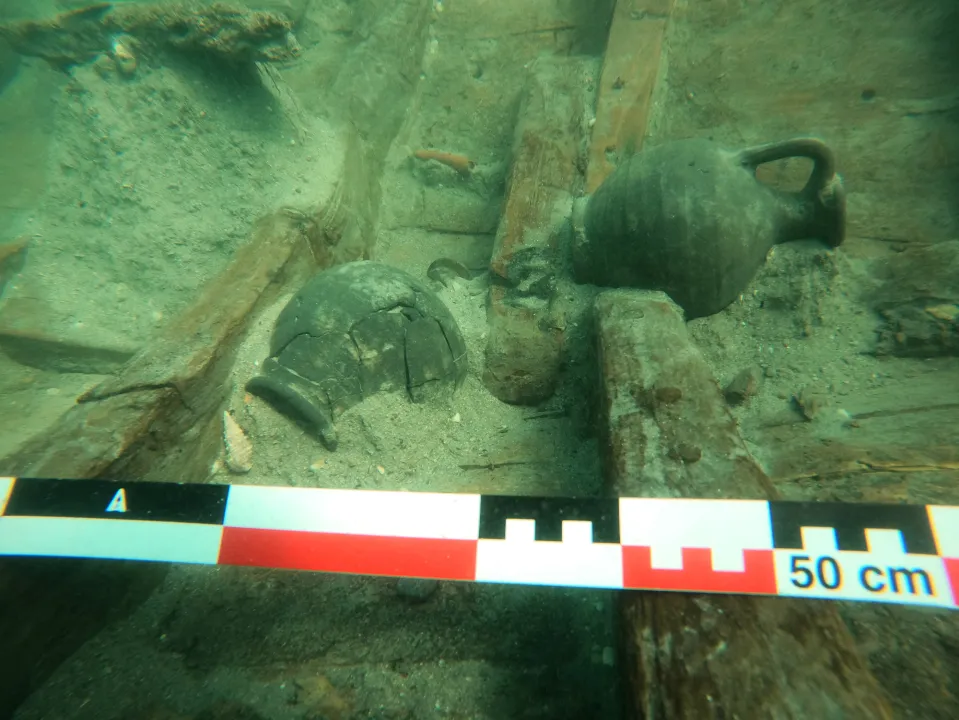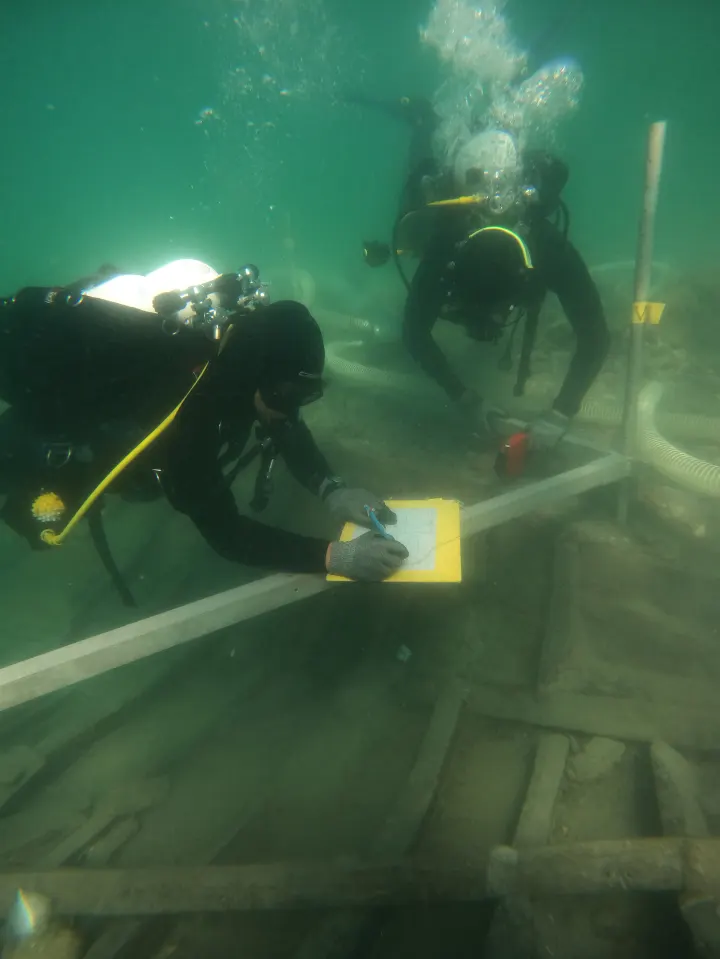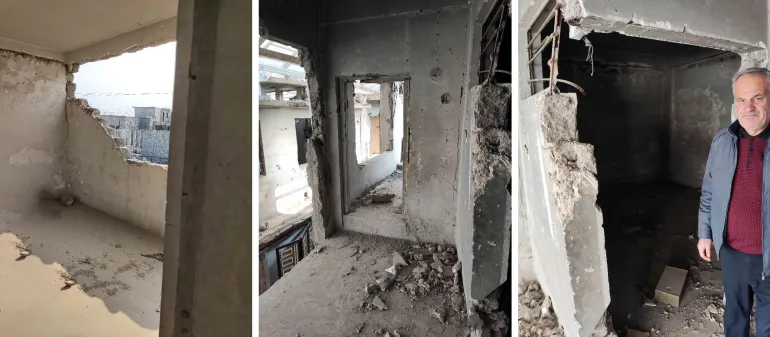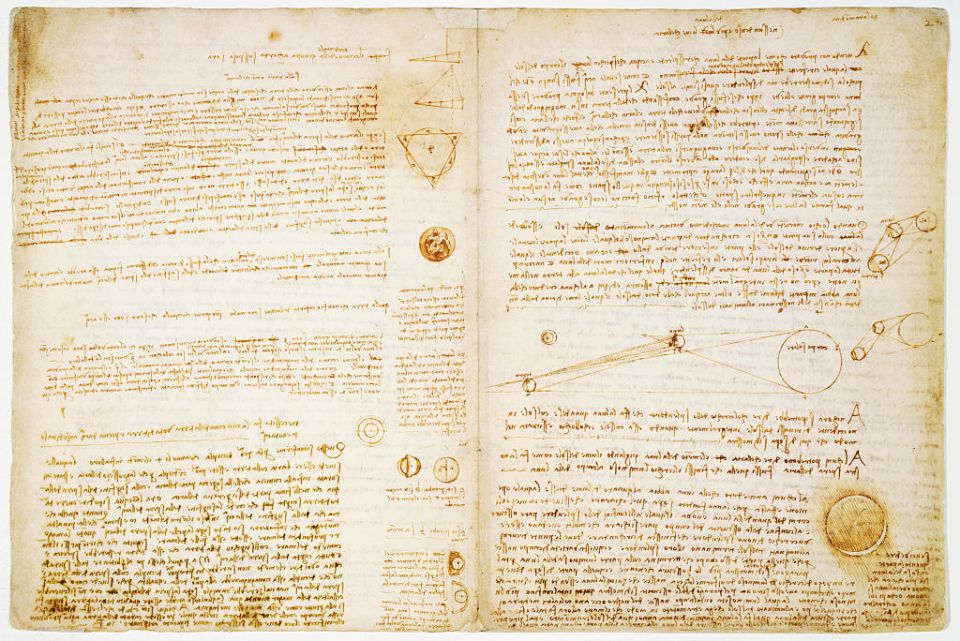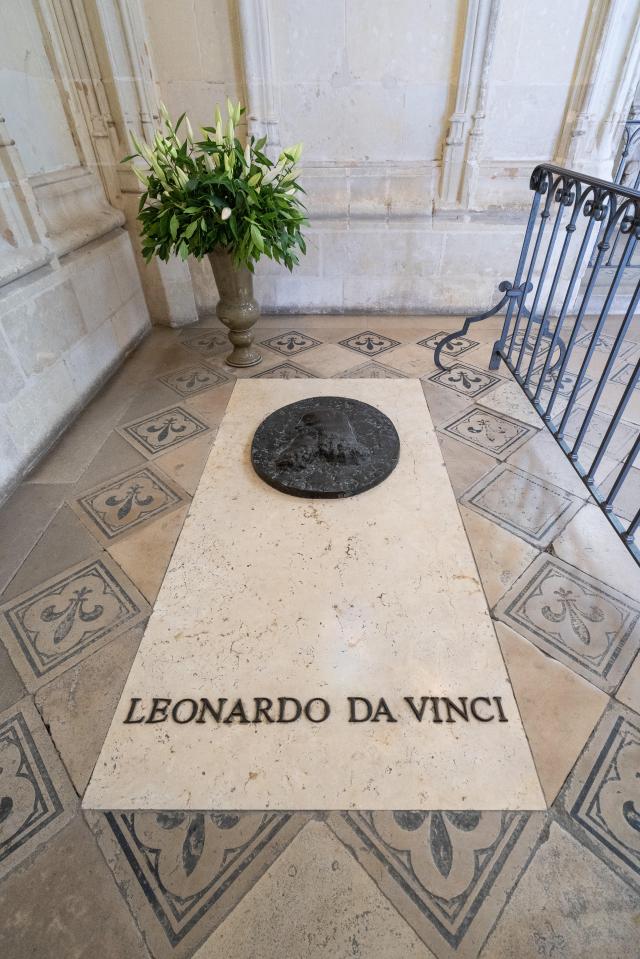MEXICO CITY — Jasmín Ordóñez looks out from a wooden boat at the water as she crosses a narrow channel that connects a labyrinth of chinampas, island farms that were built by the Aztecs thousands of years ago.
“Let’s close our eyes and ask our Mother Water for permission to sail in peace,” she said as the boat moves slowly, in contrast to the frenetic traffic of Mexico City just a few miles away.
Ordóñez owns one of these island farms, first created with mud from the bottom of the lakes that once covered this area. When the boat arrives at her island, she proudly shows the corn and leafy greens she grows. Her ancestors owned chinampas, but she had to buy this one because women traditionally haven’t inherited them.
“My grandmother didn’t get any land. Back then, most was left in the hands of men,” she said. At her side, Cassandra Garduño listens attentively. She also didn’t inherit the family chinampa.
Today both are part of a small but growing group of women who have bought chinampas to cultivate sustainably in an effort to preserve an ecosystem that is increasingly threatened by urban development, mass tourism and water pollution.
Making their way in an area still dominated by men hasn’t been easy. In the chinampas of the boroughs of Xochimilco and San Gregorio Atlapulco, hardly any women work the land.
“People believe that men are the [only] ones who have the physical abilities to work them,” said Garduño. The mud stains her pale pink shirt, matching her boots. She knows her outfit gets funny looks from longtime male chinampa workers, but instead of getting upset, she finds it amusing.
After years away, she returned to San Gregorio in 2021 to dedicate herself to chinampa farming. She had gone to college and then spent long periods in Ecuador working in conservation efforts to protect manta rays and sharks. Then one day she came back to San Gregorio and was struck by the degradation of her own land: the lower water levels of the canals, the increasing pollution, the abandoned chinampas.
“That’s where I started to realize: ‘You are part of this space. And part of your responsibility is to safeguard it,’” she said.
After saving up for a year, she bought a chinampa — and was shocked to find it in such a bad state. A cleanup found pieces of armchairs, televisions and beer bottles. She worked to reopen canals that had been crammed with garbage and began planting crops. The distrust among the neighbors was palpable.
“They said: ‘Let’s see, this girl has never been down to this place, nobody knows her. And she’s already doing what she wants,’” she recalled.
But she knew much more than they thought. Garduño had learned a lot as a little girl who ran around her grandfather’s chinampa — “a paradise” of flowers. She learned that the mud from the bottom of the canals is the best fertilizer because it contains the mineral-rich ashes from the volcanoes surrounding Mexico City. She learned that planting a variety of crops keeps frost from destroying one entire crop and that the flowers attract insects, so they don’t eat the cabbage or kale.
Sharing the knowledge
“Chinampas can have up to eight rotations per year, whereas in other systems you might have two or three,” Garduño explained.
That’s why the Food and Agriculture Organization of the United Nations recognized chinampas as one of the most productive agricultural systems on the planet. Today, her field is a melting pot of colors: the pale green of broccoli to the vivid yellow of marigolds.
Since 2016, she has been collaborating with Mexico’s National Autonomous University, advising other farmers who want to stop using agricultural chemicals and recover these traditional practices which also help preserve the ecosystem. Kneeling next to a planting bed, Garduño suggests elevating it so it won’t flood when it rains. Ordóñez takes note.
She bought this chinampa three years ago and is now seeking to obtain the “Etiqueta Chinampera,” the sustainability tag granted by the university to producers who, among other things, use mud as fertilizer instead of chemicals. With this label, their products can fetch higher prices.
Sixteen farmers have obtained the label so far, four of them women, said Diana Laura Vázquez Mendoza, of the university’s Institute of Biology, adding that the project encourages women to “take back their chinampas and produce.”
Cleaning the canals
In the chinampas supported by the university, filters made from aquatic plants are installed to clean the water and prevent the passage of carp and tilapia. Introduced in Xochimilco in the 1980s, these invasive species became predators of the most distinguished inhabitants of this ecosystem: Mexico’s salamander-like axolotl. Today, this amphibian is on the verge of extinction because of these invasive species and a combination of factors polluting the canals: the discharge of sewage from urban growth, mass tourism and agricultural chemicals in many chinampas.
“Chinampas are an artificial agro-ecosystem that was created to supply food in pre-Hispanic times to the entire population. And that endures to this day,” Mendoza said. “So the way to conserve Xochimilco is to also conserve the chinampa.”
But a walk through the area on any given Sunday makes it clear that fewer chinampas are dedicated to agriculture. Every weekend, hundreds of people come here to play soccer on chinampas converted into fields or to drink aboard the brightly painted boats known as “trajineras.” The impact of this transformation to the wetland is evident: contaminants have been found there, from heavy metals such as iron, cadmium and lead to oils, detergents and pesticides, according to a study by biologist Luis Bojórquez Castro, of the Autonomous Metropolitan University.
Most come from the treatment plants that discharge their water in Xochimilco and from the chinampas that use agrochemicals, according to Castro’s study.
Preserving what’s left of the past
“Look at the clarity of the water,” said Ordóñez as she reaches into the canal where she has installed her biofilter. She knows that taking care of the water is essential to preserving this ecosystem. This wetland is the last remnant of what was once the great Tenochtitlan, the capital of the Aztec Empire built on the lakes that once filled the Valley of Mexico. Although today what remains of Xochimilco represents only 3% of the original extent of those lakes, it’s still key to the stability of the city. If it were to disappear, the average temperature of the capital could rise by up to 3.6 degrees, according to biologist Luis Zambrano.
Xochimilco and San Gregorio also reduce flooding during the rainy season, provide a natural carbon dioxide reservoir and are home to hundreds of species, such as herons and the Tlaloc frog. “Look at the red-headed birds in the lagoon!” exclaimed Garduño, driving home at dusk along a dirt road after a long day at her chinampa.
For her, this is still the paradise she roamed with her grandfather. She’s convinced that women are needed to preserve chinampas and hopes that within 10 years, many more will own and take care of them.
“From the shared labor of women and men, we can do what we all want, which is conserve what we have left for as long as possible,” she said.
De Miguel writes for the Associated Press. This article is a collaboration between AP and Mongabay.
